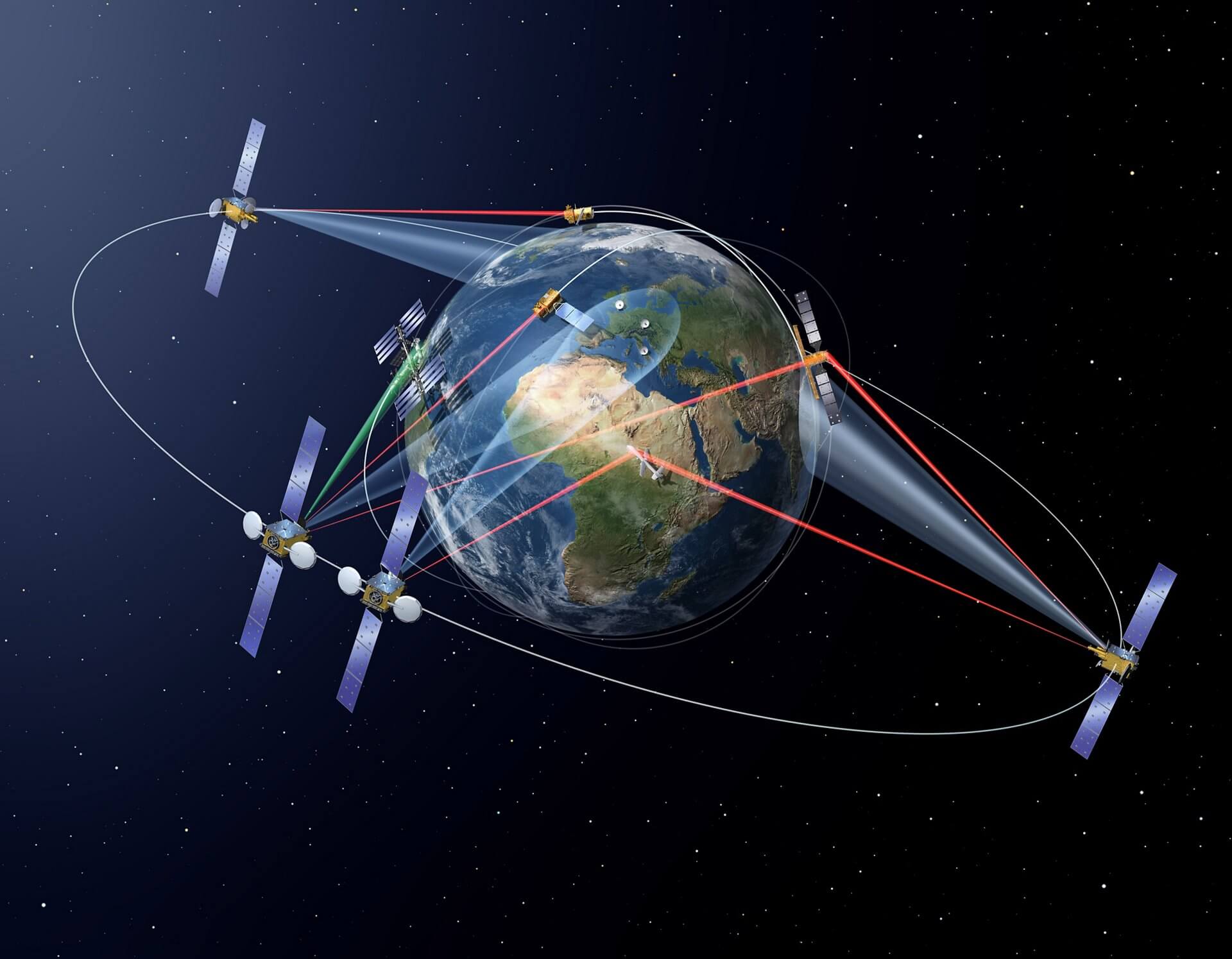Over the last several years, there has been a surge of enterprises intending to provide broadband internet carried by thousands of satellites in low-Earth orbit (LEO), covering the majority of the Earth’s surface.
This isn’t the first time we’ve observed a surge in interest in the category. Bill Gates and Motorola, to name a few, invested billions of dollars in this business model two decades ago, in an adventure that resulted in numerous bankruptcies and relatively few individuals connected to the internet from low-Earth orbit.
Yet, here we are 20 years later, with billionaires ranging from Elon Musk to Jeff Bezos, as well as corporations ranging from SoftBank to the United Kingdom, investing billions on internet from space in a gold rush that began in 2015 and has only escalated since the beginning of 2020. During the same time span, we have witnessed a corresponding rise in China’s space capabilities. In tandem with the accelerated deployment of SpaceX’s Starlink constellation in 2020, China has quickly responded in terms of policy, financing, and technology, most notably the establishment of a “Chinese answer to Starlink,” namely constellation operating company China SatNet and the associated GuoWang constellation.
While still in the early stages of development, SatNet and GuoWang are expected to compete in some areas with Starlink and others, while also serving a comparable strategic goal from a government standpoint. With significant support from extremely high-level players, we are likely to witness the deployment of a Red Star(link) over China (and the rest of the globe) in the coming years.
